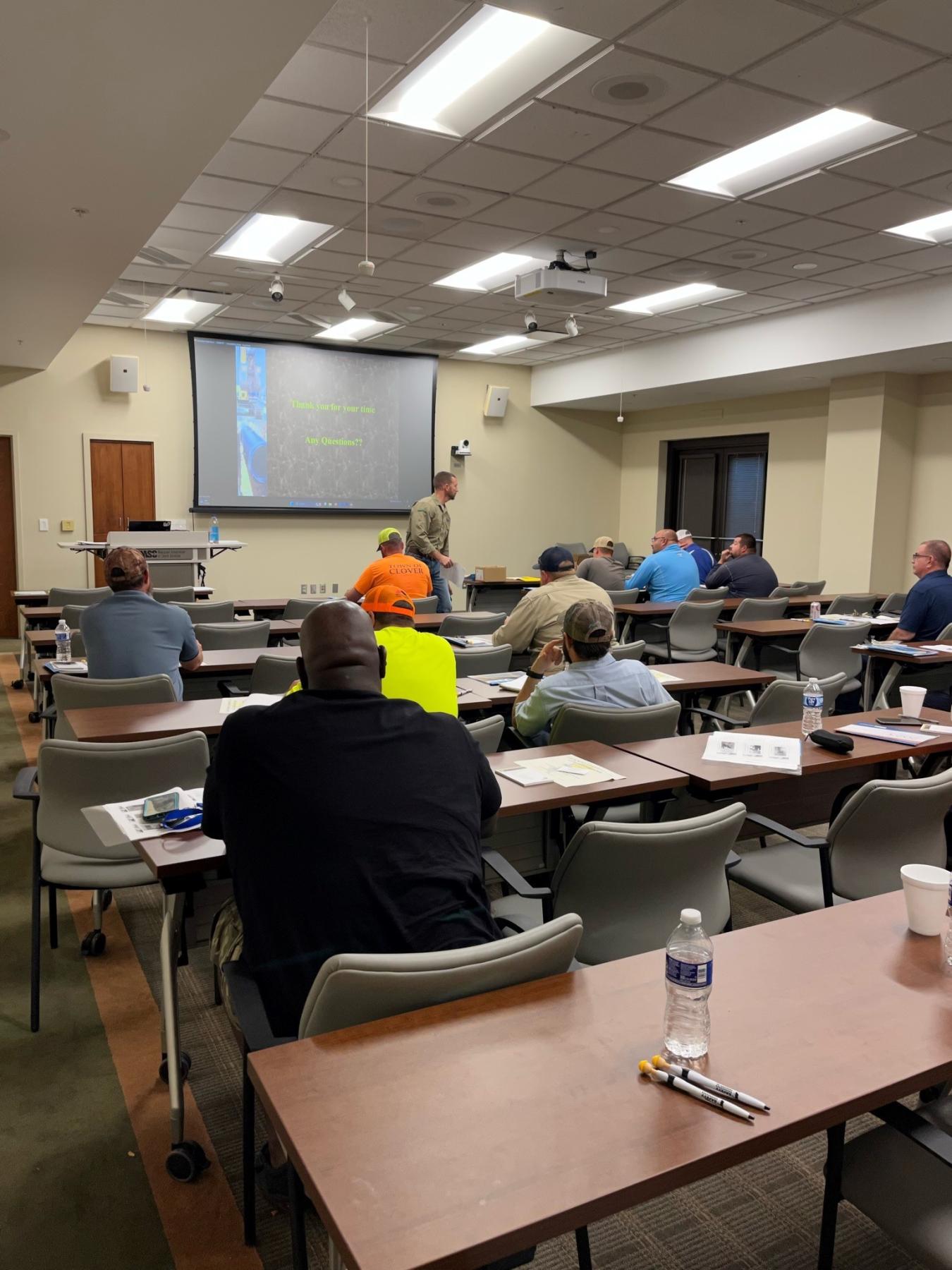During their normal work duties, municipal workers might have to dig a hole and enter it to replace a damaged water line, valve or other part — a situation with plenty of opportunity for injury, and plenty of need for precautionary steps.
Trenching and excavation are common activities in municipal construction, utility installation and maintenance. According to the Occupational Safety and Health Administration, excavation and trench-related accidents cause an average of 100 fatalities each year in the United States. When aiming to prevent the kinds of accidents resulting in fatalities, employees have several steps they should take.
First, they should ask whether the job actually requires the municipal employee to dig a hole or excavate a trench. In some cases, they can safely do the job from the outside. When trenching or excavating is necessary, they should identify and mark the underground utilities prior to work commencing. Before digging, call 811, the service that identifies and marks underground utilities.
Next, workers should set up the work zone in accordance with the guidelines in the Manual on Uniform Traffic Control Devices for street and highways to ensure all workers are safe from vehicular traffic. Employees should wear high-visibility personal protective equipment as required by SC OSHA.
Once the area is staged for work to begin, the excavation process can begin. Once the hole is dug, the designated “competent person” must determine the classification type of the soil. In trenching and excavation, a “competent person” is defined as being capable of identifying existing and predictable hazards in the surroundings, or working conditions which are unsanitary, hazardous, or dangerous to employees, and who has authorization to take prompt corrective measures to eliminate them.
In excavation, soil can be classified by how much slope that it must have in order to be stable.
- Type A soil has a ¾:1 slope, meaning that every foot of depth in the trench or excavation will slope back ¾ of a foot.
- Type B soil has a 1:1 slope.
- Type C soil has a 11/2:1 slope.
If the trench or excavation cannot be sloped, then workers should use of a trench box or shoring system to prevent the hazard of falling dirt, which can weigh as much as 3,000 pounds per cubic yard.
Once workers have classified the type of soil or installed a trench box, they must follow safety rules governing exits from any hole more than 4 feet deep. They should place ladders so that they would never travel laterally more than 25 feet in the hole or trench without reaching a ladder.
The OSHA standard states that protective equipment is not required until the hole is over 5 feet deep, unless the competent person says sloping, shielding, or shoring should be used.
The competent person should perform daily inspections of excavations, the adjacent areas and protective systems for evidence of a situation that could result in possible cave-ins, indications of failure of protective systems, hazardous atmospheres or other hazardous conditions. The inspection should take place before work begins and as needed throughout the shift. Inspections should also take place after every rainstorm or other hazard-increasing occurrence. These inspections are only required at times when employee exposure to danger can be reasonably anticipated. Refer to the OSHA standards in subpart P for trenching and excavations regulations for more information.
All workers involved in trenching and excavation activity should receive adequate training. Municipalities should train workers on the proper use of equipment, the hazards associated with excavation and trenching, and emergency procedures. They should also schedule trainings to ensure that workers are up to date on safety protocols.

Cities should establish a rescue plan in the event of an accident or emergency that outlines the procedures for notifying emergency services of the location of the emergency equipment, such as first aid kits, retrieval equipment, and the procedures for extracting workers from the excavation or trench. Also, cities should notify their fire departments of exactly where the excavation is located, when the work will begin and how long the job is expected to take.
Members of the SC Municipal Insurance Trust may apply for grants for reimbursement of trench-related safety devices such as trench boxes or soil penetrometers. Members of the SC Municipal Insurance and Risk Financing Fund may apply for grants for reimbursement of a portion of the expense for utility line locators.
For questions or for additional information on trenching or excavation, contact John Ciesielski, loss control consultant, at 803.354.4752 or jciesielski@masc.sc.
